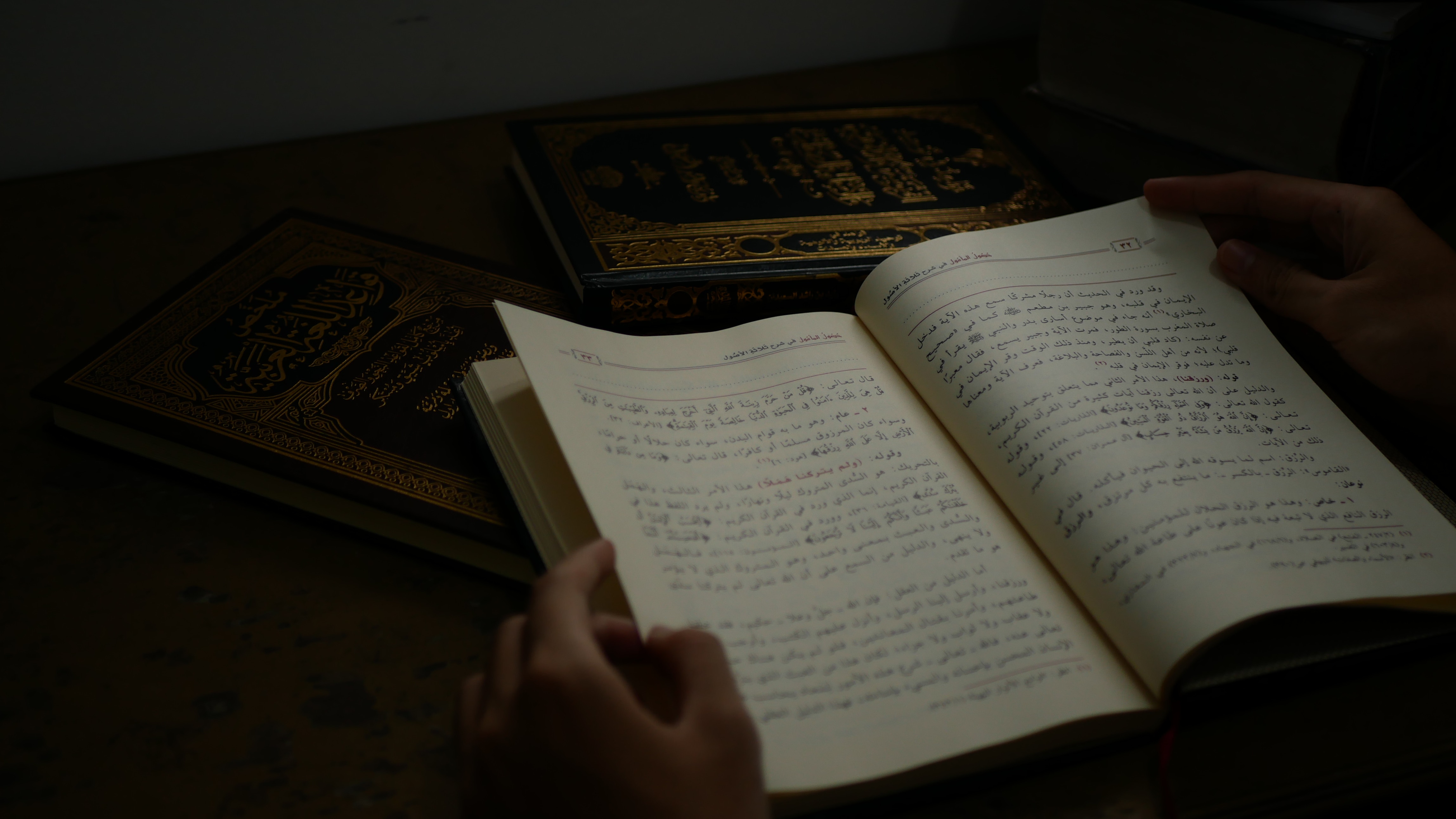Muslim Scientists and Thinkers–Abul Wafa Ibn Ismail al Buzjani
By Syed Aslam, science@muslimobserver.com
 Abul Wafa Ibn Ismail al-Buzjani was born in Buzjan, Iran in 940 C.E. He received his early education at Neshapur and moved to Baghdad where he studied mathematics and astronomy. Adud al Dawlah was the ruling Khalifa of Baghdad of the time, a great patron of science and the arts. Impressed by the Buzjan’s scholarship, he hired Abul Wafa hired as a distinguished scientist in the court of the khalifa. Other outstanding mathematicians such as al-Quhi and al-Sijzi also worked with him. He lived in Baghdad till his death in 998 CE.
Abul Wafa Ibn Ismail al-Buzjani was born in Buzjan, Iran in 940 C.E. He received his early education at Neshapur and moved to Baghdad where he studied mathematics and astronomy. Adud al Dawlah was the ruling Khalifa of Baghdad of the time, a great patron of science and the arts. Impressed by the Buzjan’s scholarship, he hired Abul Wafa hired as a distinguished scientist in the court of the khalifa. Other outstanding mathematicians such as al-Quhi and al-Sijzi also worked with him. He lived in Baghdad till his death in 998 CE.
Abu Wafa was a great mathematician, his main contribution lies in several branches of mathematics, especially geometry and trigonometry. In geometry his contribution comprises solution of geometrical problems with opening of the compass; construction of a square equivalent to other squares; regular polyhedra; construction of regular hectagon taking for its side half the side of the equilateral triangle inscribed in the same circle; constructions of parabola by points and geometrical solution of the equations:
x4 = a and x4 + ax3 = b
Abul Wafa’s contribution to the development of trigonometry was extensive. He was the first to show the generality of the sine theorem relative to spherical triangles. He developed a new method of constructing sine tables, the value of sin 30’ being correct to the eighth decimal place. He also developed relations for sine (a+b) and the formula: :2 sin2 (a/2) = 1 – cos a , and sin a = 2 sin (a/2) cos (a/2)
In addition, he made a special study of the tangent and calculated a table of tangents. He introduced the secant and cosecant for the first time, knew the relations between the trigonometric functions, which are now used to define them, and undertook extensive studies on conics. A sizable part of modern trigonometry can be traced to him.
He wrote a large number of books, in one, Kitab fi ma yahtaj ilayh al-kuttab wa’l-ummal min ‘ilm al-hisab (Book on what Is necessary from the science of arithmetic for scribes and businessmen) he describes its function in the introduction:
Comprises all that an experienced or novice, subordinate or chief in arithmetic needs to know, the art of civil servants, the employment of land taxes and all kinds of business needed in administrations, proportions, multiplication, division, measurements, land taxes, distribution, exchange and all other practices used by various categories of men for doing business and which are useful to them in their daily life.
It is interesting that during this period there were two types of arithmetic books written, those using Indian symbols and those of finger-reckoning type. Abul Wafa’s text is of this second type, with no numerals; all the numbers are written in words and all calculations are performed mentally.
In one of Abul Wafa’s treatises which has been studied in detail a reference to negative numbers has been found. It seems very interesting as perhaps the first time negative numbers were used in medieval Arabic mathematics.
Abu Wafa wrote books for practical use, including a book on geometric constructions necessary for a craftsman. The book is in thirteen chapters and considered the design and testing of drafting instruments, the construction of right angles, approximate angle trisections, constructions of parabolas, and regular polygons. He developed methods of inscribing geometric shapes in a given circle.
Another interesting aspect of this particular work of Abu Wafa’s is that he tries where possible to solve his problems with ruler and compass constructions. When this is not possible he uses approximate methods. There is a whole collection of problems which he solves using a ruler and fixed compass, that is one where the angle between the legs of the compass is fixed.
Abul Wafa wrote many other books on mathematics and other subjects, His contribution includes Kitab ‘Ilm al-Hisab, a practical book of arithmetic, al-Kitab al-Kamil, the complete book of mathematics, Kitab al-Handsa, applied geometry. Apart from this, he wrote rich commentaries on Euclid, Diophantos and Khawarizmi,the inventor of Algebra.
Abu Wafa provided an invaluable contribution to scientific knowledge by translating ancient works of Euclid (d 250 BC.) and Diophantus of Alexandria (d 284 CE) into Arabic. These writings greatly influenced scholarship in Europe in the field of mathematics, as many of the Greek originals had been lost.
Abul Wafa was the first astronomer to build a wall quadrant to observe the stars. The instrument quadrant was six meter long and a stone sextant 18 meter wide He is best known for the first use of the tan function and compiling tables of sines and tangents at 15’ intervals. This work was done as part of an investigation into the orbit of the moon, written down in his book Theories of the Moon. His work on lunar theory required the development of new trigonometric methods, and thus he gets a lot of credit which was possible because of his calculation of tangent and cotangent tables. He also employed a new means of calculating sine tables, as an aid to astronomical observation.
Abul Wafa was a versatile and a brilliant mathematician who made original contributions in the field of mathematics. The Abul Wafa crater on the moon and a small planet discovered by the Russian astronomer are named after him in his honor.
10-49














2008
2,103 views
views
0
comments